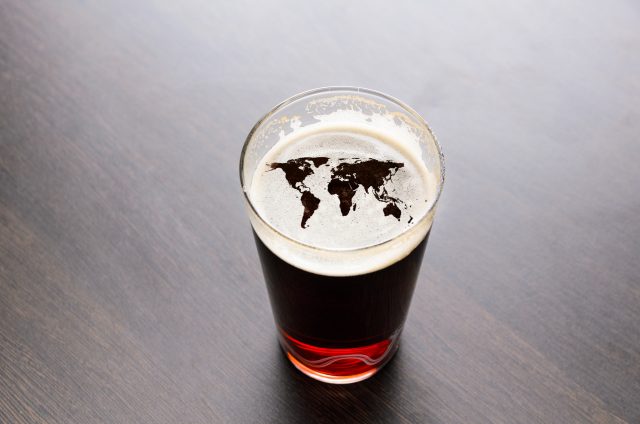Global beer category forecast to grow
The global beer sector is forecast to see almost 4% growth within the next four years, according to analysts.

The predictions, which are estimated to see the beer category grow by US$148.43 billion from 2024-2028 with a CAGR of 3.72% during the forecast period, were outlined by Technavio in its latest ‘Beer Market Analysis’ report.
According to the analysts, the global beer market is witnessing “an upward trend with an increasing number of mergers and acquisitions (M&A)”.
The report findings stated that “these strategic moves enable major vendors to expand their market presence, access novel products and technologies, and cater to diverse consumer preferences”.
The analysts also highlighted how “this trend is driven by the high consumer demand for beer, which has led key players to invest in or acquire smaller regional breweries and distributors to capitalise on the market’s growth potential”.
Last year, db looked into how craft breweries were looking for new ways to survive by merging into supergroups as a way to reduce costs and tackle supply chain issues and ingredients hikes head on.
Other factors shaping the evolution of the global beer sector and its predicted surge have included “a rise in demand for beer in emerging economies” which the report data identified would ultimately be “driving market growth”.
With this in mind, the analysts observed how “demand for beer is experiencing a notable upsurge in emerging economies like India, China, Brazil, Vietnam, and South Africa”.
Partner Content
Echoing this, db identified how the three biggest brewers in India recently formally joined forces to boost the market and promote their interests to the government. At the same time, db outlined how China, the world’s largest producer of beer, has been forecast to see a a boost in sales, led by consumers seeking premium brands.
According to the research report, Asian markets are offering promise and “this surge in the market can be attributed to several factors, including changing lifestyles, rapid urbanisation, increasing disposable income, and the growing popularity among millennials”.
Also outlined as a consideration were the notable elements affecting the global beer sector, including hurdles that beer companies needed to overcome that could lead to set-backs. The analysts pointed out, for example, that “the presence of stringent regulations and high rates of taxes on alcoholic beverages poses a challenge”.
In a bid to stay relevant and in tune with its evolving audience, other factors were also highlighted in the report as key to success. One of which was an increase in the number of breweries adopting eco-conscious methods that they could communicate back to the consumer.
The analysts added that breweries needed to take note of how “increasingly important” green initiatives were to the sector and its reputation with the report having concluded how “environmental concerns and recycling initiatives” were being adopted in the industry, “with many breweries focusing on sustainable practices and glass recycling”.
This was also highlighted by db in a survey that looked into what motivated consumers to buy into certain beer brands with the outcome showing that the majority of drinkers are more likely to buy planet-friendly beers.
Initiatives from breweries on sustainably transporting beer along with using unmalted barley rather than malted and brewing “raw beer” have also been explored by the sector in a bid to revolutionise the brewing industry and make it more eco-friendly.
Related news
Diageo sells East African Breweries stake to Asahi for US$2.3bn




